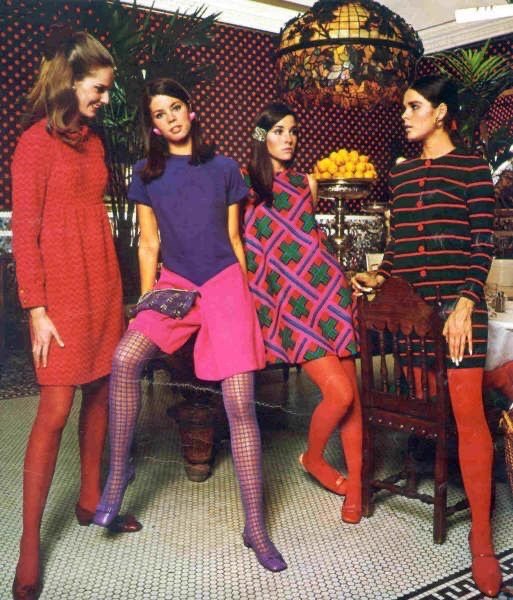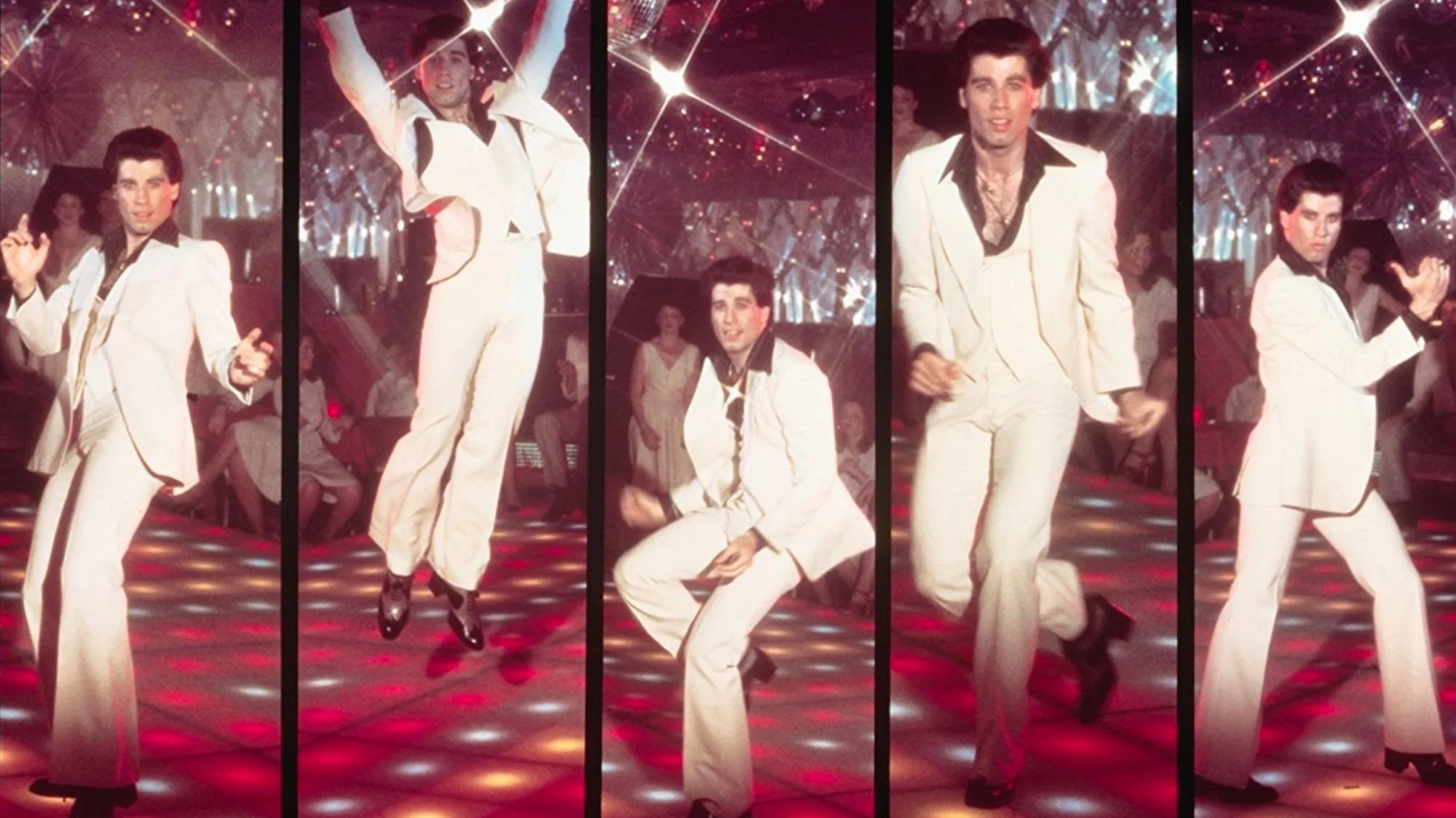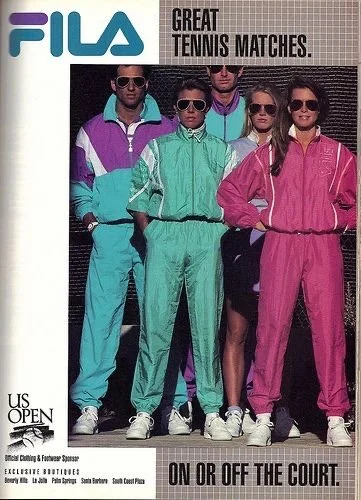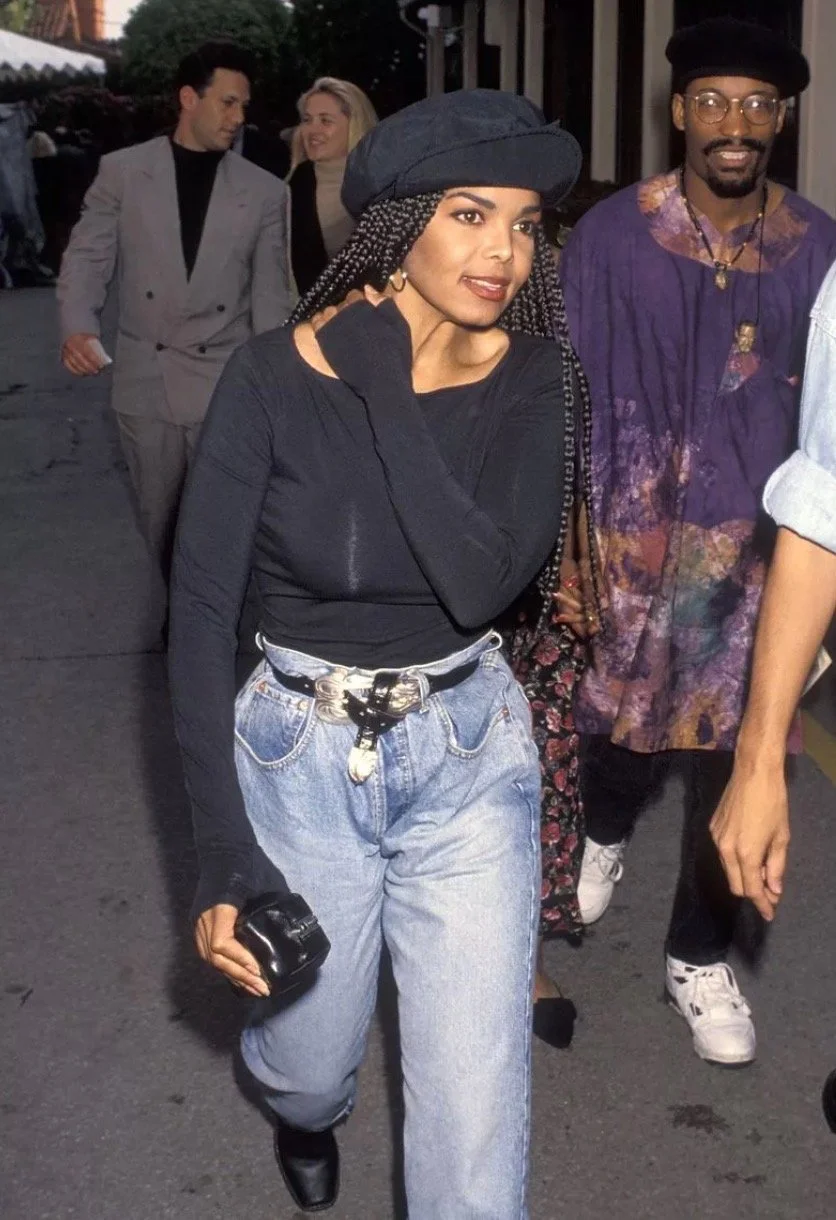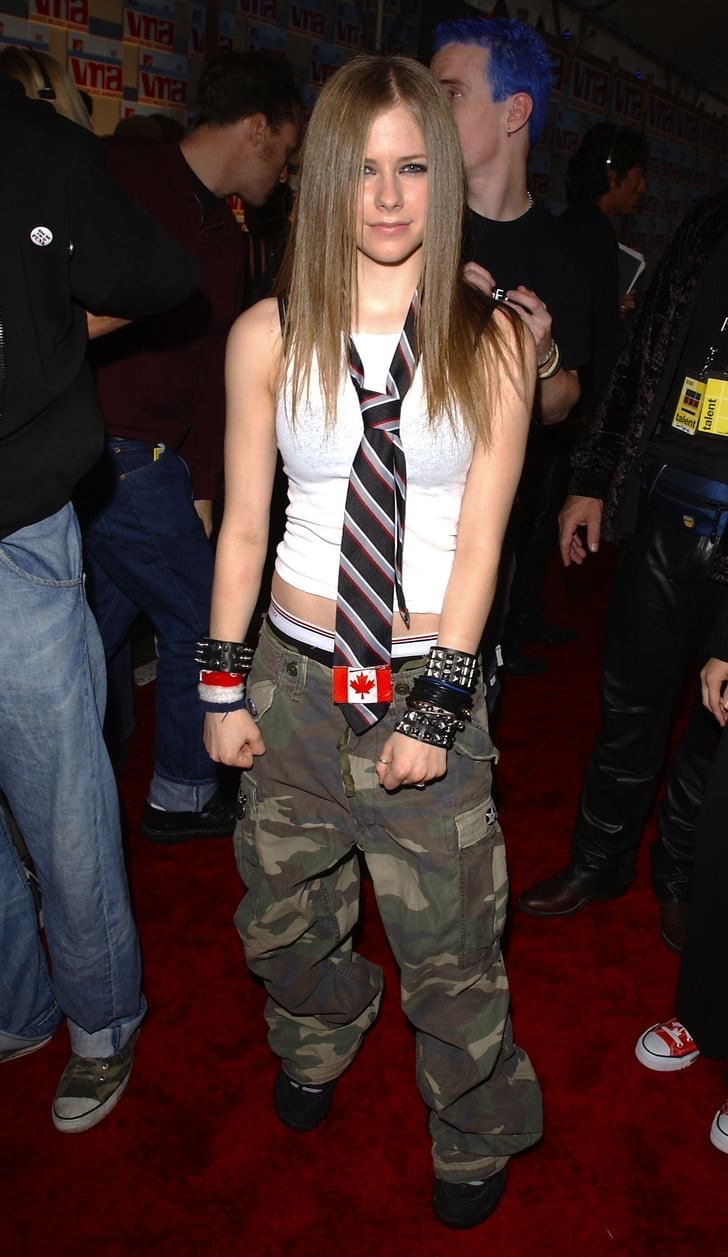Dressing Through the Decades
With the commencement of 2021, the presence of microtrends from 2020 have made their way into the new year. With the rapid turnover of popular styles and the shelf life of garment production becoming shorter and shorter, it’s challenging to find unique inspiration in a place where someone else hasn’t already looked. One of my personal preferences in finding new approaches to fashion is to observe the fashion trends, tailors, colours, and shapes of the decades past. If you’re looking for pieces and styles that are classic and timeless, highlight the attire that has remained present within every decade. If you prefer to dress independent of today’s trends, experiment with composing outfits that are distinct to specific decades from the past, with the presence of your own style. The 70s and 90s encapsulate my favourite silhouettes and style of dress. I typically look at street style or celebrity fashion from those decades to pull looks and pieces that I think are unique and could be part of my wardrobe. Taking a look at the decade-specific trend emergence of the 1960s to the 2000s, I’m sure you’ll find inspiration for a new outfit, different ways to style pieces you already have, or clothes you’d want to purchase.
The 1960s
Shaped by social movements, the 1960s embodied a representation of the new wave of consumers: the teenager and young adults. Gone was the target of advertising to the elite members of society, but catering a new generation of style to the new generation of buyers. Interrupting the traditional styles and patterns of the 1950s, the sixties offered radically diverse trends that hadn’t been popularized or accepted before. With London becoming the fashion centre of the world, the Beatles held influence over Europe and the whole world. Driven by fashion and garment experimentation, the 60s popularized collarless coats, geometric prints, coloured tights, go-go boots, pantsuits, and shift dresses, to name a few. Female style influences included Jackie Kennedy and Twiggy, where male fashion often stemmed from the Beatles or Sean Connery as James Bond.
Ad campaign highlighting popular 1960s female dress
The 1970s
While the iconic ‘fitted shirt and bell bottoms’ look is often thought of when thinking about the 70s, fashion was so varied at this point in time that Vogue declared, “there are no rules in the fashion game now”. The “hippie” outfit was very popular in the early seventies and featured frayed jeans, maxi skirts, tie-dye fabric, peasant blouses, and ponchos while accessorizing with headbands and scarves. Men sported satin blouses, hip-hugging pants, and three-piece and double-breasted suits. Moving towards the mid to late seventies, more women were beginning to solidify their workplace positions, which led to more tailored business shapes and silhouettes. Workplace dress for men was more European, with slimmer forms of informal attire. With that being said, a significant influence on fashion from the mid-late 70s was the disco era; fabrics such as spandex and jersey were more commonly worn and wrap dresses, tube tops, chunky boots, and wide lapelled suits paired with flared pants were all the rage. Lighter colours were utilized, such as powder blue, white, and pastels.
John Travolta in ‘Saturday Night Fever’ released in 1977
The 1980s
With the colours getting brighter, ‘Flashdance’ popularizing asymmetrical pieces, and Jane Fonda’s exercise videos marketing sportswear as everyday fashion, the 1980s was a period of fashion evolution. Musical artists such as Madonna, Boy George, and Michael Jackson paved the way in expression through fashion. Fashion played a more important role to men than ever before, with much of 80s clothing becoming unisex compared to the decades prior. Men experimented with hairstyles, clothes, and makeup, becoming less and less of a ‘taboo’ in the eighties. Padded shoulders, velour tracksuits, animal print, power suits, harem pants, and parachute fabric trends took off in the eighties.
FILA’s 1989 ad campaign as the official clothing and footwear sponsorship of the US Open
The 1990s
The essence of fashion in the nineties came from celebrity streetwear and event attire. Whether it be actors and actresses on red carpets or paparazzi photos of the stars out and about, trend patterns of fashion materialized and formed my personal love for 90s fashion. Post-seventies, a decade of shapes full of volume, the 90s featured more low maintenance and casual style of dress. The slip dress became the quintessential garment of the decade, spotted on almost every red carpet at that time. The 90s were heavily influenced by designer brands, runways, and supermodels; Kate Moss, Cindy Crawford, Naomi Campbell, and Christy Turlington held a large amount of power over female fashion. For this reason, many 90s trends for women favoured a slim body type and weren’t size-inclusive, advancing the phrase we now use as “is it fashion or are they just skinny?”. The idea of style aesthetics was ever-more present in the 90s than before, as grunge, preppy, and punk were a few of the general themes in fashion. The earlier seasons of ‘Friends’ and the movie ‘Clueless’ encapsulate the casual-preppy dress often worn by Americans in the 1990s. The artistic alternative-grunge style praised the path of Kurt Cobain and his rejection of social norms and mass conformity, allowing self-expression and individual identity through clothing.
Janet Jackson in a classic look of the 90s: black shirt, high waisted denim pants, black belt
The 2000s
Like every decade, each has its own fair share of questionable looks, but the general consensus seems to find the 2000s with slightly more cringey trends. However, the newly popularized aesthetic, ‘y2k’ (year 2000), has shown many trends that emerged in the 2000s that people today strive to recreate. With the widely-worn low-rise pant movement, it seems 2000s fashion worked everything to the extreme. Trucker hats (specifically Von Dutch), cargo pants, baggy jeans, baby tees, denim on denim, and Juicy Couture velour tracksuits were pieces that reached their height in the 2000s. Fashion influences included Sarah Jessica Parker, Jay-Z, Christine Milan, N’Sync, Christina Aguilera, and Kanye West. The ‘Holy Trinity’ of the 2000s (Britney Spears, Paris Hilton, and Lindsay Lohan) influenced the ‘pop princess’ aesthetic of fashion and pop culture in the 2000s, while Avril Lavigne was the epitome of early 2000s punk. The influence musical artists had on fashion trends and aesthetics was immensely present.
The iconic image of Avril Lavigne sporting low-rise cargo pants, a baby tank, a loosely-worn tie, and many spiked bracelets
Each decade offers a range of trends that popularize different colours, shapes, fits, and features. Even though it seems each period in time felt restricted in what was worn, fashion is objectively a form of self-expression. There is no right or wrong when it comes to personal style, and wearing what you want to wear is exhilarating. But, if you feel connected to any cultural or social movements and events that occurred in any of the 1960s to the 2000s, incorporating the styles and trends worn within that decade can be a new and creative way of highlighting your expression of fashion.
